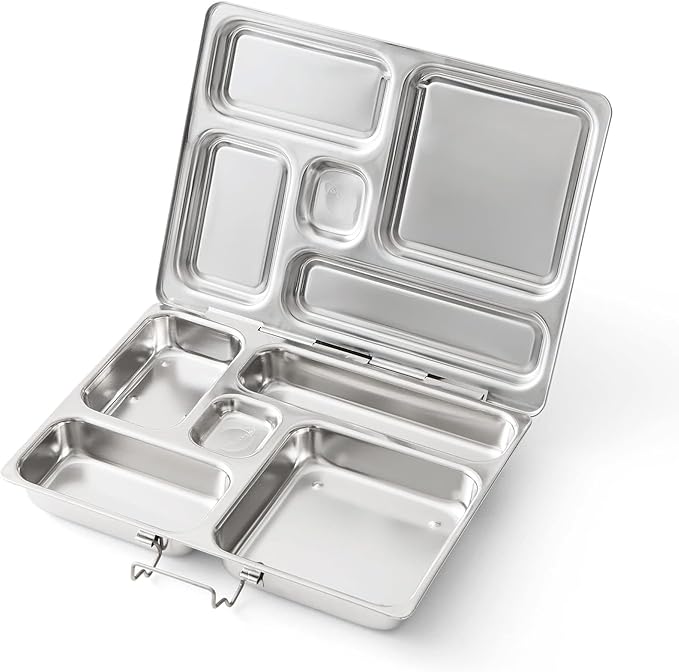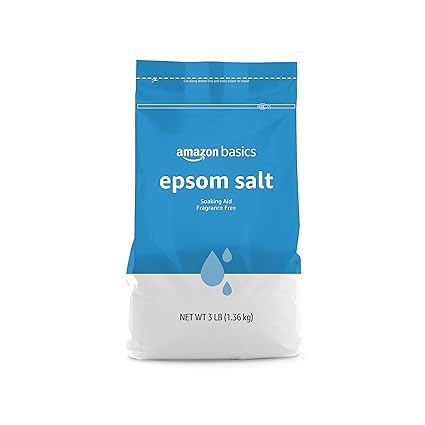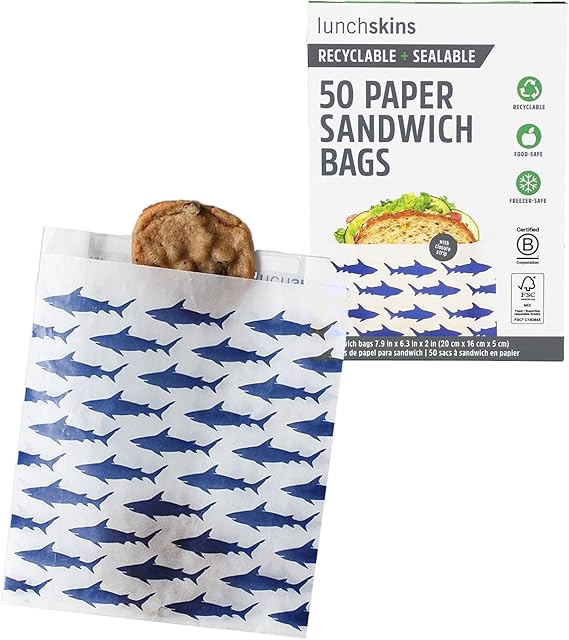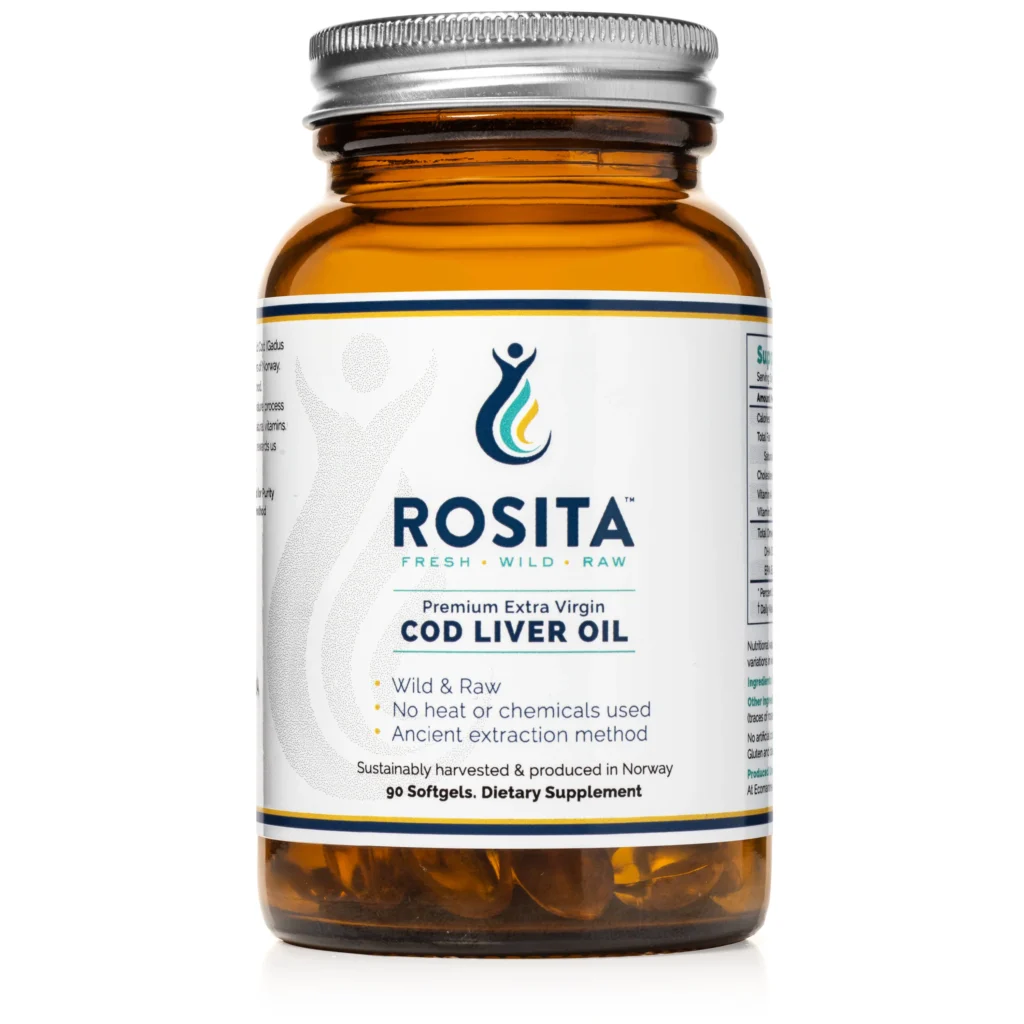Quick Take
Raising healthy kids today takes more than just “eat your veggies and get some sleep.” With the rise in environmental toxins, processed foods, and modern-day stress, kids’ nutritional needs are higher than ever, and the quality of what they eat matters. Think of it this way: you’re not just feeding your child, you’re building their brain, immune system, and future habits, all while dodging a sea of sugar-filled snack options and neon-colored breakfast cereals.
Here’s what actually helps kids thrive through nutrition:
1. Plastics & Food Packaging Toxins
Plastic food containers, bottles, and wraps often contain endocrine-disrupting chemicals like BPA and phthalates, which can interfere with hormone development, especially in growing bodies. Swap them out for stainless steel, glass, silicone, or bamboo options—suggestions listed below.
2. Food Dyes & Additives
Artificial dyes, such as Red 40 and Yellow 5, have been linked to behavioral issues and hyperactivity in sensitive children. (There’s a reason many countries have banned them.) Choose dye-free snacks and treats made from real food. That electric blue cupcake? Maybe save it for a science experiment.
3. Pesticides in Produce
Pesticide residues can impact the nervous and immune systems over time. Go organic when possible, especially for “Dirty Dozen” produce like strawberries, spinach, and apples. Soaking produce in a baking soda bath for 15 minutes can help remove surface residues if organic isn’t an option.
4. High Fructose Corn Syrup & Ultra-Processed Foods
These ingredients can trigger mood swings, blood sugar crashes, and gut issues. Aim for simple, whole foods you can actually pronounce, and that don’t come with a side of cartoon branding.
1. High-Quality Animal Proteins
Grass-fed, pasture-raised, and wild-caught sources offer more omega-3s, antioxidants, and bioavailable nutrients than conventionally raised meat. Think of quality animal protein as nature’s multivitamin.
2. Fruits & Vegetables (The Rainbow Plate)
Each color supports different body systems. Red for heart health, green for detox, orange for immunity… you get the idea. The more colorful the plate, the better the nutritional coverage, just don’t let blue raspberry sneak in there.
Even the most veggie-loving kid (rare, but we salute you) may not be getting everything they need. Here’s why:
Soil depletion means fewer minerals in our food, even organic.
Toxin exposure from plastics, food additives, and the environment increases the body’s need for nutrients.
Modern stress (screens, packed schedules, poor sleep) can drain vitamins and minerals faster than you’d expect.
A good-quality multivitamin plus targeted support like magnesium, omega-3s, or probiotics can help fill in the gaps.
Bottom Line
Feeding kids well today isn’t about being perfect; it’s about making better choices, more often. By cutting back on toxins, focusing on whole foods, and supporting their growing bodies with what they truly need, you’re building the foundation for lifelong health, energy, and resilience.
And yes, there’s still room for birthday cake.
Supplement Links/Dosing
| Product Name | Dosing | Duration |
|---|---|---|
| Cod Liver Oil | 1 per day | 3 months/reassess |
| Inspiracell (VibeWell Store) | 1 pill per 50#’s | 3 months/reassess |
| Cir-Q Tonic (VibeWell Store) | 1 pill per 50#’s | 3 months/reassess |
| Vitamin D3/K2 (VibeWell Store) | 1000 IU per 25#’s | 3 months/reassess |
| Magnesium Glycinate (VibeWell Store) | 150-250mg/ 50#’s | 3 months/reassess |
| Zinc (VibeWell Store) | 4-6mg per 50# | 3 months/reassess |
| Vitamin C (VibeWell Store) | 100-250mg per 50# | Use as needed |
This post may contain affiliate links, which means I may earn a small commission—at no extra cost to you—if you make a purchase through one of them. I only share products I truly trust and use myself.
Core Daily Support for Most Kids
- Cod Liver Oil provides natural vitamin A + D + omega-3s
Supports immune health, brain development, and inflammation
Liquid or softgel formats, depending on age
Vitamin D3/K2 (if not using cod liver oil consistently)
Especially important in winter months or low sun exposure
K2 helps with calcium absorption and bone health
Magnesium Glycinate
Helps with sleep, muscle relaxation, focus, and constipation
Best taken at night
Optional Add-Ons (Situational or Seasonal)
Vitamin C
Great during cold/flu season or for allergy support
Buffered or liposomal forms are gentle on the stomach
Zinc
Immune support, skin health, wound healing
Often needed during illness or growth spurts
Watch for nausea if taken without food
Multivitamin Option instead of Cod Liver option
Cir-Q Tonic
Better for kids needing basic foundational support
Lower B vitamins and mineral levels = gentler for younger kids
Includes antioxidant and carotenoid support
InspiraCell
Better for older kids/teens needing extra mood, stress, and energy support
Higher B12, B6, zinc, adaptogens, and amino acids
Not ideal for very young children due to more active compounds
I like switching children’s vitamin intakes and think doing the cod liver option for 3 months and then switching to the multivitamin option for 3 months and so forth.
Important
While I don’t always recommend purchasing supplements through Amazon, I understand many people prefer the convenience. I’ve done my best to link directly to listings from the manufacturer, though it’s not always guaranteed.
For trusted, high-quality options, I’ve partnered with a professional-grade supplement store that offers fast, free shipping and exclusive discounts for my community.
This post may contain affiliate links, which means I may earn a small commission—at no extra cost to you—if you make a purchase through one of them. I only share products I truly trust and use myself.







